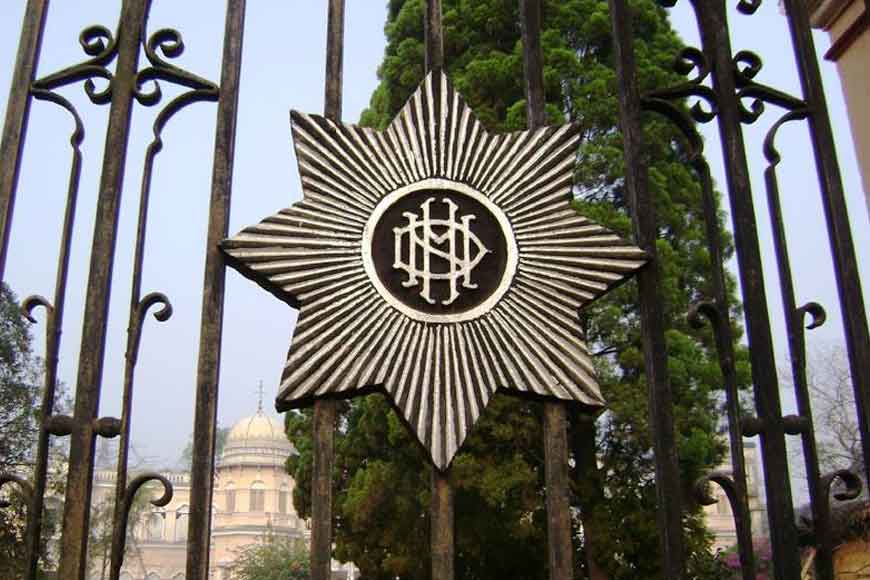Jhargram Rajbari retains all its past glory

At the close of the 16th century, around the year 1592, Emperor Akbar sent his famous Rajput commander Man Singh to the region then known as ‘Jangalkhand’, primarily to establish control over the powerful local tribal rulers of the Santhal, Bhumij, Lodha, and other communities, commonly known as ‘Mal (Malla) Raja’. Man Singh entrusted his longtime lieutenant and fellow Rajput Sarveshwar Singh with the job. Having penetrated deep into the forests of Jangalkhand, Sarveshwar vanquished the Mal Raja and established his own kingdom, with Jhargram as its capital. He also gave himself and his successors the title ‘Malla Deb’.

Sarveshwar Singh was a Chauhan Rajput from Fatehpur Sikri, and even today, an idol of Mal Raja is made and slain on Vijayadasami every year to commemorate Singh’s victory. As a reward, Raja Man Singh granted mansabdari (revenue collection and administrative rights) of the entire region of Jangalkhand to Sarveshwar’s family, and the kingdom became a vassal state to the Mughal Empire. Singh named his capital Jhargram, which means ‘a village surrounded by deep forests’.

In 1799, however, Jhargram revolted against the East India Company along with the rulers of Bishnupur and others, which history has recorded as the Chuar Mutiny. Defeated, the king was forced to surrender and Jhargram became a zamindari estate under British authority.
It was not until the 20th century that Jhargram attained its golden era, under the leadership of Raja Narasingha Malla Deb, who was guided by his mentor and dewan, Rai Bahadur Debendra Mohan Bhattacharya. Narasingha Malla Deb developed Jhargram into a modern planned township, and revamped the royal palace in 1931, spread over 30 acres, thereby creating one of the finest examples of Indo-Saracenic architecture in eastern India.

About three km from the railway station, the palace continues to house descendants of the Malla Deb kings, but some parts of it are open to visitors. The main building is an extravagant Italianate structure, set amidst carefully designed lawns and gardens. The palace as a whole evokes several memories of the past, and the complex is also instantly recognizable from several popular Bengali films, such as ‘Sannyasi Raja’ and ‘Durgeshgorer Guptadhan’. The fully air-conditioned guest house on the ground floor offers a plush, comfortable stay, though you may need special permission to visit the rest of the palace.
The guest house is also noteworthy for having hosted several dignitaries right from its inception, ranging from Lord Willingdon, Viceroy of India from 1931-36, to Chakravarti Rajagopalachari, the last Governor-General of India; to Prafulla Chandra Ghosh, first Chief Minister of West Bengal; Bidhan Chandra Ray, also Chief Minister of West Bengal; late Prime Ministers Lal Bahadur Shastri and Morarji Desai; matinee idol Uttam Kumar; and current West Bengal chief minister Mamata Banerjee.
 Kanak Durga Temple
Kanak Durga Temple
While on your visit, remember that approximately 12 km from Jhargram are the Chilkigarh Palace and Kanak Durga Temple, by the Dulung river, the principal tributary of the Subarnarekha. The palace is the relic of the Dhalbhum kings, one of whom also established the temple, with a unique Durga idol that reflects the region's tribal influences. Adjoining the temple is a dense forest, which reputedly holds over 400 varieties of medicinal plants and trees.

Jhargram is roughly 160 km from Kolkata, and the roads are in good condition, so a one-way road trip takes approximately 4.5 hours. You could also take a train, of course. The Jhargram Rajbari Tourism Project run by the West Bengal Tourism Development Corporation offers excellent accommodation and is completely Covid-compliant.
Image Courtsey : https://www.nomadicweekends.com










